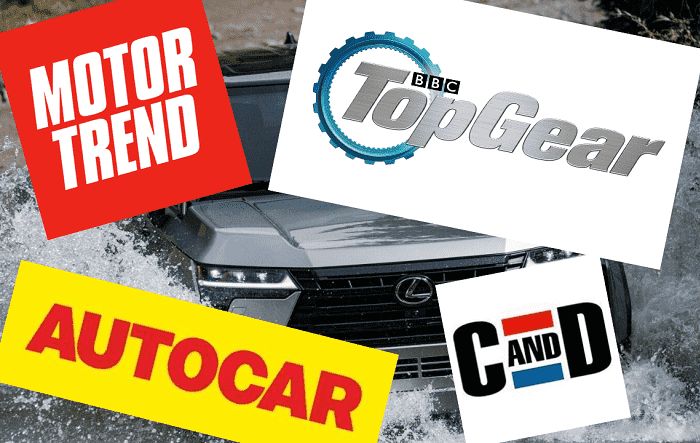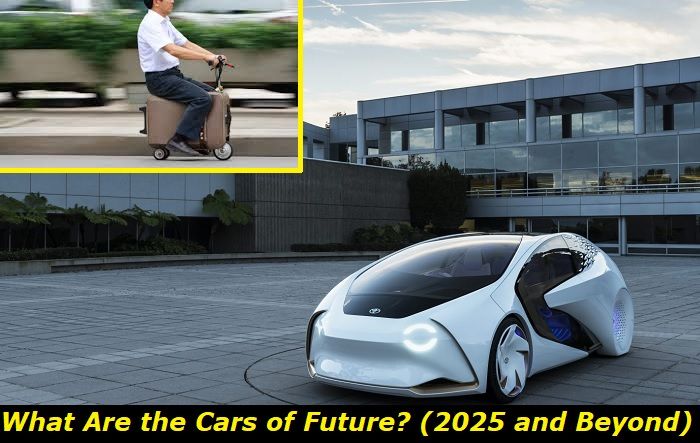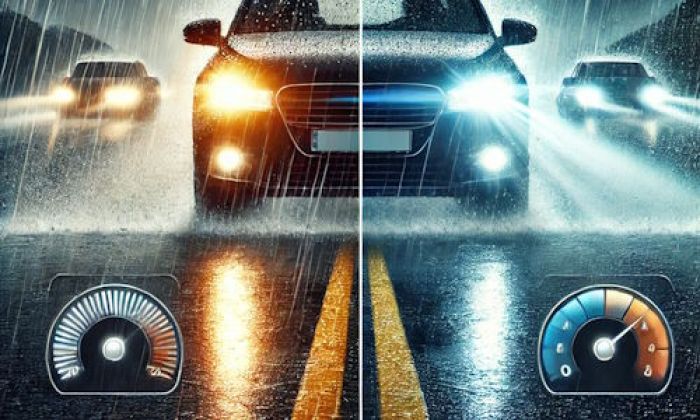When you are driving your vehicle and suddenly it stalls once stopped, this can mean there is a serious problem in the electronics, injection system, or fuel supply. But this can also mean that you accidentally turned on some of the optional functions in your vehicle. Before you go to the repair shop and pay money for an inspection, let's try to find out the possible reasons for such behavior.
Engine systems use highlights
- Level of importance:important
- When done:when driving or maintaining the vehicle
- Cost of mistake:$100 - $300
- How to avoid:read driver's manual, ask your dealership for guidelines
- Consequences:wrong use ofimportantfunctions, minor engine damage
- DIY solutions:possible

Check the start-stop system if you have it
One of the reasons why this may happen is the start-stop system. You may not even know that it is present in your vehicle. Sometimes, people activate this system by chance and don't know that now it works to economize some fuel and to reduce the amount of fumes your vehicle emits into the air.
While in most cars the system will tell you through messages that it works and everything is fine, in some vehicles, the start-stop system is just usually activated and never sends any additional signals. So, your car may just stall when you stop it at a light and you won't understand why.
Here's what you should do first:
- check your vehicle's specifications if it is equipped with the start-stop system;
- in your car interior, check if you have the start-stop system switch which is usually a button;
- also, go to the settings of your vehicle and find out if those settings include sections with start-stop parameters;
- notice if your vehicle restarts after you depress the brake pedal and press the gas pedal;
- check up with your dealer - your car may have an "always-on" start-stop system that doesn't have any settings.
So, if your car restarts after stalling, it is obviously the start-stop system. Also, the start-stop may malfunction and only turn the engine off and fail to start it again when needed. So, anyway, you will need to check if the vehicle is at all equipped with such a system and if you can control it.
In some cases, the start-stop system may only be deactivated by a special scanner that changes the ECU settings. So, the dealer may help you get rid of the problem if it is annoying software. If this doesn't help you, keep reading the article and find the other reason.
What can cause this problem to happen?
We couldn't list all the possible reasons for the problem, so you may not find the answer to your question if the problem is exotic. But, in most cases, one of the following issues should be present in your vehicle and make it stall whenever you stop at the traffic light.
Here are these common problems:
1. Automatic transmission issues
When your automatic transmission has low fluid levels or just malfunctions, it may overload the engine. So, at an intersection, when your engine should idle, it will go to low RPM because of overloading and eventually stall.
After that, you may restart the vehicle as if nothing happened and keep driving. This may happen with traditional automatic transmissions. CVTs or DCT units are much less likely to bring in such issues.
Also, in most cases, the transmission will show other symptoms like jerking when shifting or shifting at different RPM range. Don't drive your vehicle for a long time if you notice such symptoms - go to the repair shop as soon as possible.
2. Exhaust system issues
When your engine stalls at idle, the obvious thing to check is the exhaust. In short, the engine just can't breathe. It takes some air in and can't blow it out because of exhaust system issues. This can be a clogged catalytic converter, malfunctioning EGR valve, or just a blocked exhaust pipe or silencer.
In some cases, you will also see a check engine light on the dash of your car. If this is the case, you can drive your vehicle for some time, it's not going to damage it even more. But we recommend you solve the issue because stalling can never do anything good.
3. Throttle body or engine sensors are dead
Malfunctioning sensors will send wrong information to the ECU and will obviously make your vehicle work harshly. In most cases, it's all about throttle body sensors that change the RPM and may make the vehicle idle high or stall when idling. Also, O2 sensors, air volume sensors, camshaft and crankshaft sensors, and other parts may be to blame.
A good computer diagnosis with a scanner will help you identify which sensor is problematic. Usually, it only takes 5 minutes to locate the issue and then another 10 minutes to replace the broken sensor. So, the repair is not going to be too expensive.
4. Poor fuel or air supply
Fuel filters, air filters, pipes and lines, and also fuel pump are the possible units you may need to check. The filter may get clogged and reduce the pressure of fuel or air in the system. It means the engine will get less fuel or air it needs to prepare the proper mixture. Sometimes, the engine may idle harshly but at other times, it will just stall.
If you still can't find the reason for your problem of stalling at intersections, just replace the fuel and air filters to make sure they have nothing to do with this. Also, check the pressure of fuel on injectors and check if nothing blocks the air intake.
5. Turbocharger
When the turbo is healthy, it will not engage when the engine is idling. But if it's going to die soon, it may make the engine stall sometimes. The problem is that the turbo is connected to the air intake of your vehicle and it can cause a bad air supply when broken.
Checking the turbocharger by yourself doesn't make sense unless you have experience as a car mechanic. If you notice that the turbo is failing, the best option is to have it repaired or even replaced.
6. Not enough voltage in the system
Many people will think about the battery first, but the key problem is not in the battery. Once your engine is on, the alternator takes all the job of the battery and supplies the system with the needed amount of electricity. But when the alternator is not functioning properly, the battery may also help it to maintain the normal work of the vehicle.
You may or may not see the red battery light in such cases, but after some time, the battery will drain. And this is when the problems start occurring. You may notice that your vehicle stalls whenever the car idles and also is hard to start. Just check the alternator and then recharge or replace the battery.
7. Spark plugs or ignition coils
The ignition system ignites the fuel in your engine. This means that whenever the system is not working properly, the fuel is not ignited and not burned in one of the cylinders. If one of the spark plugs or coils fails, you will not have the stalling engine. It will continue working but will obviously lose power and start vibrating more.
But if two or more plugs or coils fail, the engine will not be able to balance its work. It means it will just die at times when you release the gas pedal and let it idle. Also, you will notice a bad power drop, in such cases.
Is it dangerous when your car stalls at lights?
Yes, this may cause some safety issues when driving. First of all, you will not be able to start driving when you want. Also, you may just fail to start the engine after it stalls because the battery will be dying since you rotate the starter engine at every other intersection.
Also, this may lead to inattentive driving because you will pay more attention to the stalling than to the road conditions.
If your car stalls before you completely stop the vehicle, it may cause a sharp stop. The transmission is in D and when the engine suddenly stops giving power to the tranny, it will block the wheels. This may also cause rear-end accidents with your car because the driver who drives behind you will not have enough time to react to unpredicted behavior.
We don't recommend driving your vehicle if you have this problem. All you should do is turn on the emergency light, go to the right side of the road, and slowly drive to the nearest trusted repair shop or to the dealer to have the car inspected and repaired.
About the authors
The CarAraC research team is composed of seasoned auto mechanics and automotive industry professionals, including individuals with advanced degrees and certifications in their field. Our team members boast prestigious credentials, reflecting their extensive knowledge and skills. These qualifications include: IMI: Institute of the Motor Industry, ASE-Certified Master Automobile Technicians; Coventry University, Graduate of MA in Automotive Journalism; Politecnico di Torino, Italy, MS Automotive Engineering; Ss. Cyril and Methodius University in Skopje, Mechanical University in Skopje; TOC Automotive College; DHA Suffa University, Department of Mechanical Engineering






Add comment